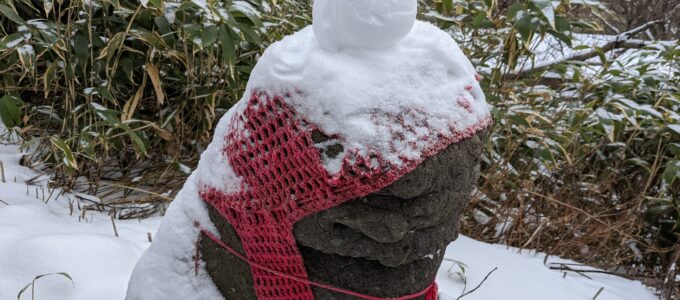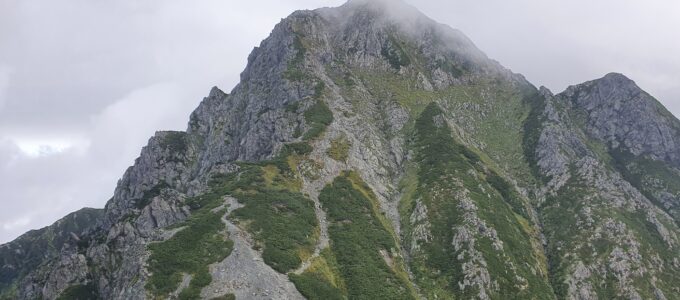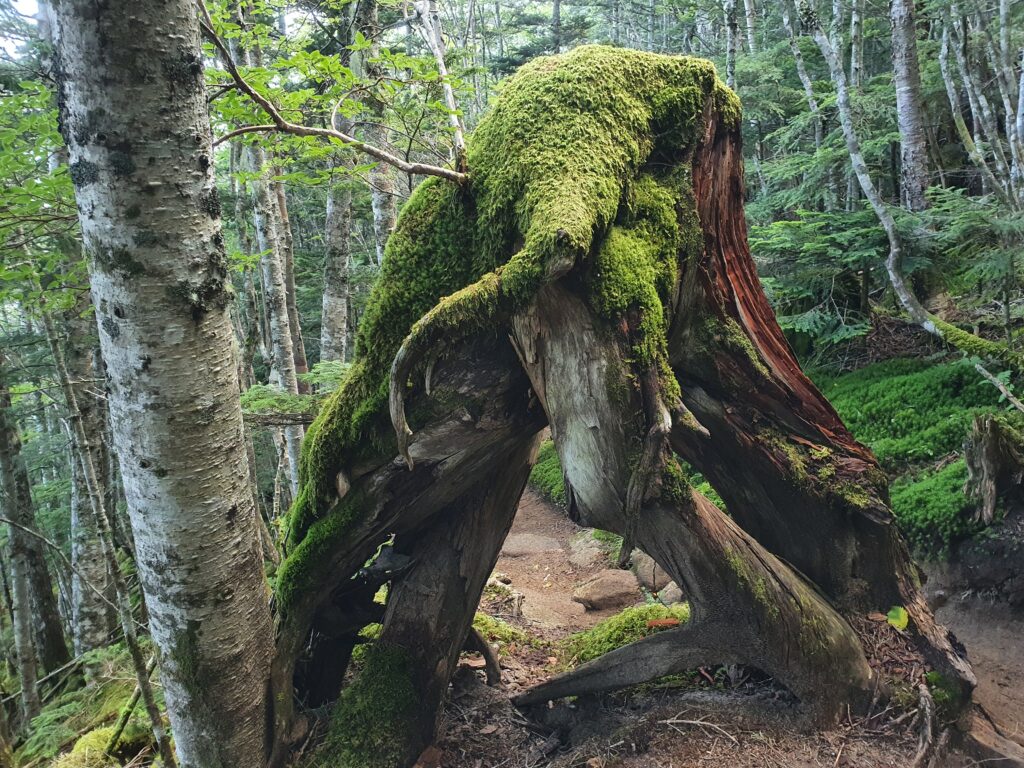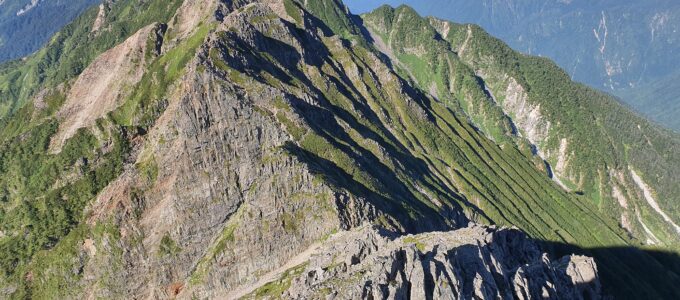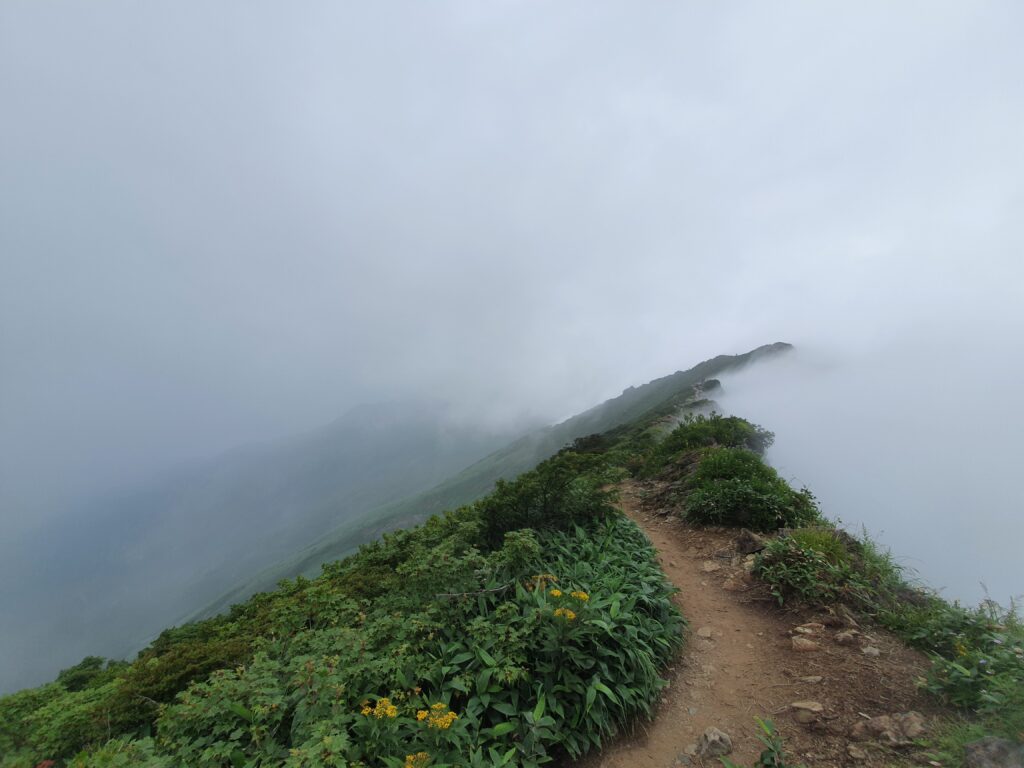A koronavírus az én terveimet se kíméli. Tavaly nyáron Indonéziába terveztem menni, megmászni Óceánia legmagasabb hegyét, majd ősszel egy duplát terveztem a Himalájába, ahol egy egy hónapos túra során másztam volna meg a Mera Peaket és az Island Peaket. Először a nyári út úszott el, ami helyett még próbáltam másik vezetővel megszervezni ugyanazt, de persze a vírus jobban tudta.
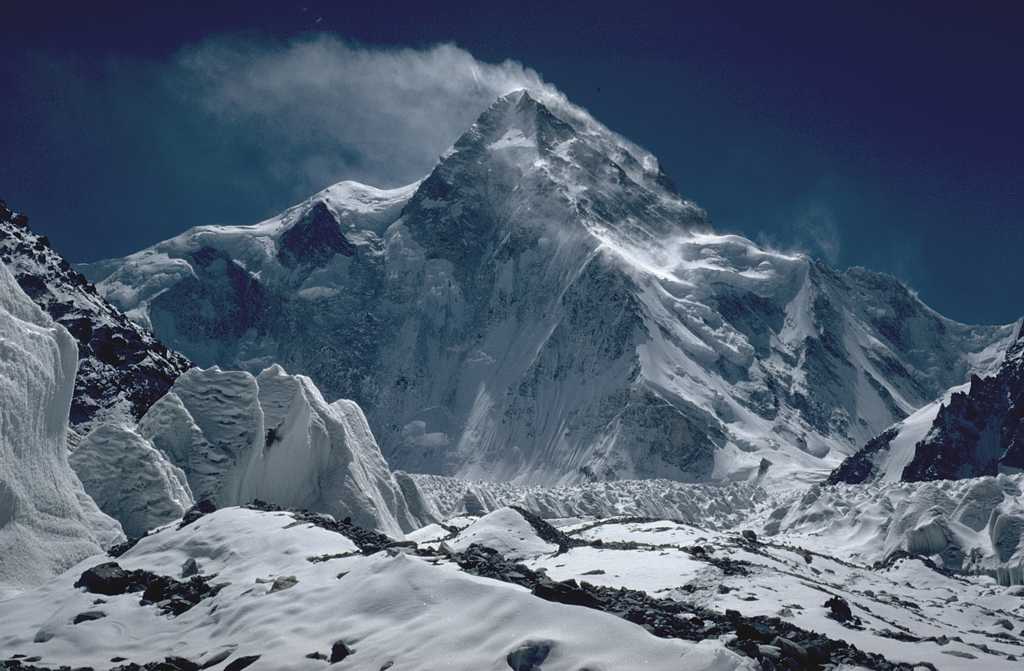
Így arra már számítottam, hogy ősszel én már nem megyek majd a Himalájába, de hogy még a ritkaságszámba menő családi lagzira se jutottam el, az egy kicsit fájt. Az őszi duplát végül sikerült átszerveznem 2021 tavaszra, de erről is a minap szóltak, hogy nem lesz megtartva, mert nem jött össze a szükséges létszám.
Mi lesz így akkor idén?

